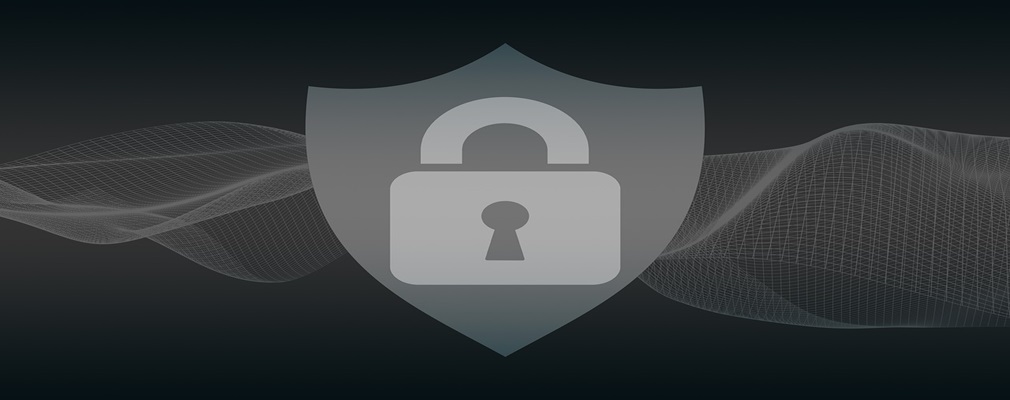Why It's Essential to Grasp the Significance of "Secure by Design" Cybersecurity Approaches

Cybersecurity has become an essential cornerstone for businesses, regardless of their size. Network security is a non-negotiable requirement in the face of increasing cyberattacks, which can result in enduring consequences. In 2022, we witnessed an alarming 87% surge in IoT malware attacks, and the utilization of AI is escalating the volume and sophistication of these attacks.
To tackle this evolving threat landscape, adopting a proactive cybersecurity approach is imperative. One such approach gaining prominence is 'Secure by Design' practices. International partners are taking collective steps to address commonly exploited vulnerabilities, as demonstrated in a recent advisory. This collaborative effort emphasizes the global nature of cybersecurity threats and underscores the necessity for coordinated actions to safeguard critical infrastructure.
In this article, we will delve into the implementation of Secure by Design principles and explain their paramount significance in today's cybersecurity landscape.
Modern Cyberthreats: A New Reality
Over the years, cybersecurity threats have evolved significantly. Gone are the days when merely installing antivirus software could protect your computer. Today, cybercriminals employ highly sophisticated tactics, and the potential impact of an attack extends far beyond the inconvenience of a virus.
Modern cyber threats encompass a wide range of attacks, including:
1. Ransomware: Malware that encrypts your data and demands a ransom for decryption, known to be one of the costliest attacks for businesses.
2. Phishing: Deceptive emails or messages that dupe individuals into revealing sensitive information, affecting 83% of companies each year.
3. Advanced Persistent Threats (APTs): Long-term cyberattacks aimed at stealing sensitive data.
4. Zero-Day Exploits: Attacks that target vulnerabilities not yet known to software developers.
5. IoT Vulnerabilities: Hackers exploit weaknesses in Internet of Things (IoT) devices to compromise networks.
These evolving threats underscore the imperative need for a proactive cybersecurity approach, aiming to prevent attacks rather than reacting to them after they occur.
Understanding Secure by Design
Secure by Design represents a contemporary cybersecurity approach that integrates security measures at the very core of a system, application, or device, right from the outset. It prioritizes security as a fundamental aspect of the development process, rather than an added feature.
For businesses of all sizes, two key ways to embrace Secure by Design principles are:
1. When procuring hardware or software, inquire about the use of Secure by Design practices by the supplier. If they do not employ these practices, consider alternative vendors.
2. Integrate Secure by Design principles into your business processes, whether planning infrastructure upgrades or customer service enhancements. Make cybersecurity a central consideration rather than an afterthought.
Key principles of Secure by Design include:
1. Risk Assessment: Identifying potential security risks and vulnerabilities early in the design phase.
2. Standard Framework: Maintaining consistency in applying security standards through frameworks like CIS Critical Security Controls, HIPAA, or GDPR.
3. Least Privilege: Restricting access to resources to individuals who need it for their roles.
4. Defense in Depth: Implementing multiple layers of security to protect against various threats.
5. Regular Updates: Ensuring continuous updates of security measures to address emerging threats.
6. User Education: Educating users about security best practices and potential risks.
Why Secure by Design Matters
Implementing Secure by Design practices is critical for several reasons:
Proactive Security
Traditional cybersecurity approaches tend to be reactive, addressing security issues after they manifest. Secure by Design minimizes vulnerabilities from the start.
Cost Savings
Addressing security issues after a system is in production or near project completion can be costly. Integrating security from the beginning can help avoid these extra expenses.
Regulatory Compliance
Many industries face stringent regulatory requirements for data protection and cybersecurity. Secure by Design practices facilitate more effective compliance and reduce the risk of fines and penalties.
Reputation Management
A security breach can severely harm your organization's reputation. Implementing Secure by Design practices showcases your commitment to protecting user data and fosters trust among customers and stakeholders.
Future-Proofing
Cyber threats continue to evolve, and Secure by Design practices ensure that your systems and applications remain resilient, especially against emerging threats.
Minimizing Attack Surfaces
Secure by Design focuses on reducing the attack surface of your systems, helping identify and mitigate potential vulnerabilities before hackers exploit them.
Ready to Modernize Your Cybersecurity Strategy?
A cybersecurity strategy put in place five years ago may be outdated today. If you need assistance in modernizing your company's cybersecurity, don't hesitate to reach out to us. We're here to help.
About the author
Don is a technically sophisticated and business-savvy professional with a career reflecting strong leadership qualifications coupled with a vision dedicated to the success of small businesses. His skills include the deployment of IT technologies including custom desktops, small networks, and hardware/software solutions all with a focus on the management of security and efficiency to promote growth.
After graduation from the University of Missouri-Columbia, Don spent over 20 years developing and honing his management skills in the small business community in and around the Columbia area.
Coupled with the passion and skills in IT technology, he looks to assist businesses to become highly productive and more profitable with the right IT solutions.